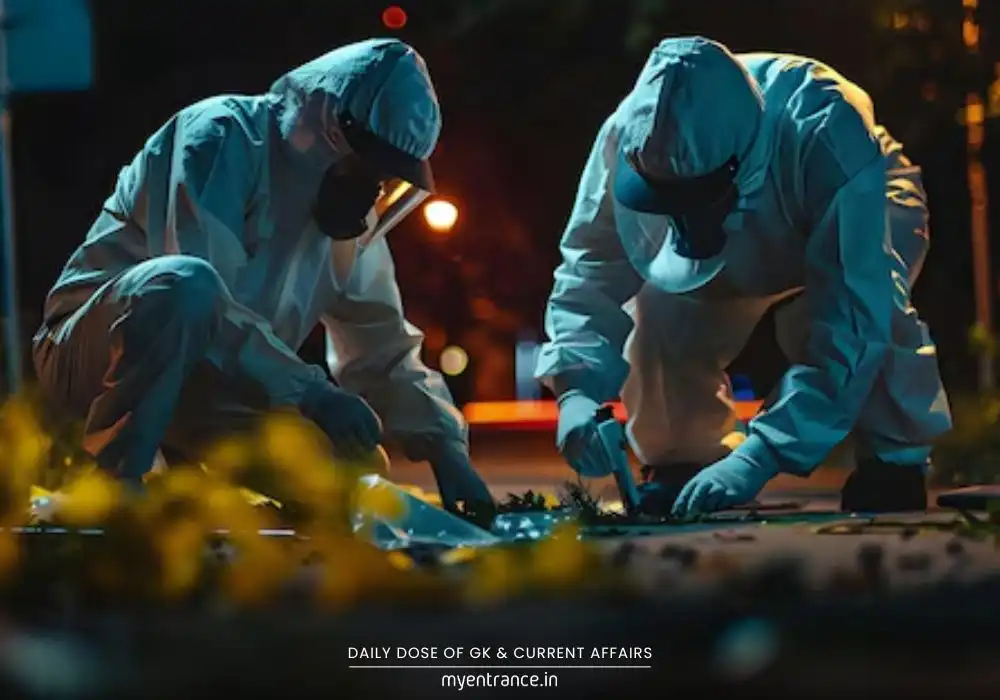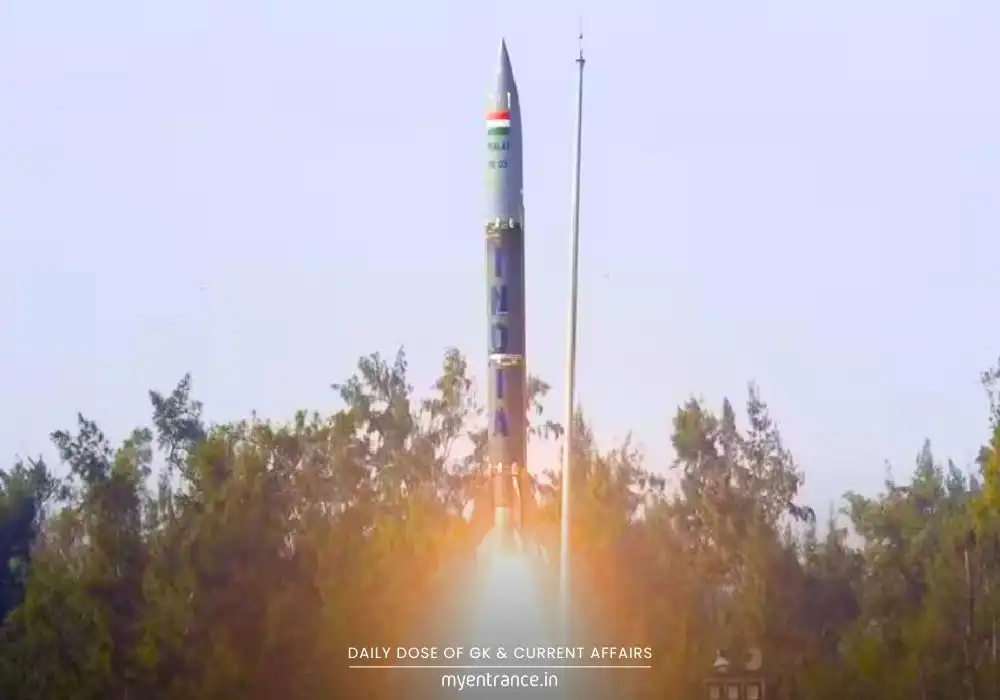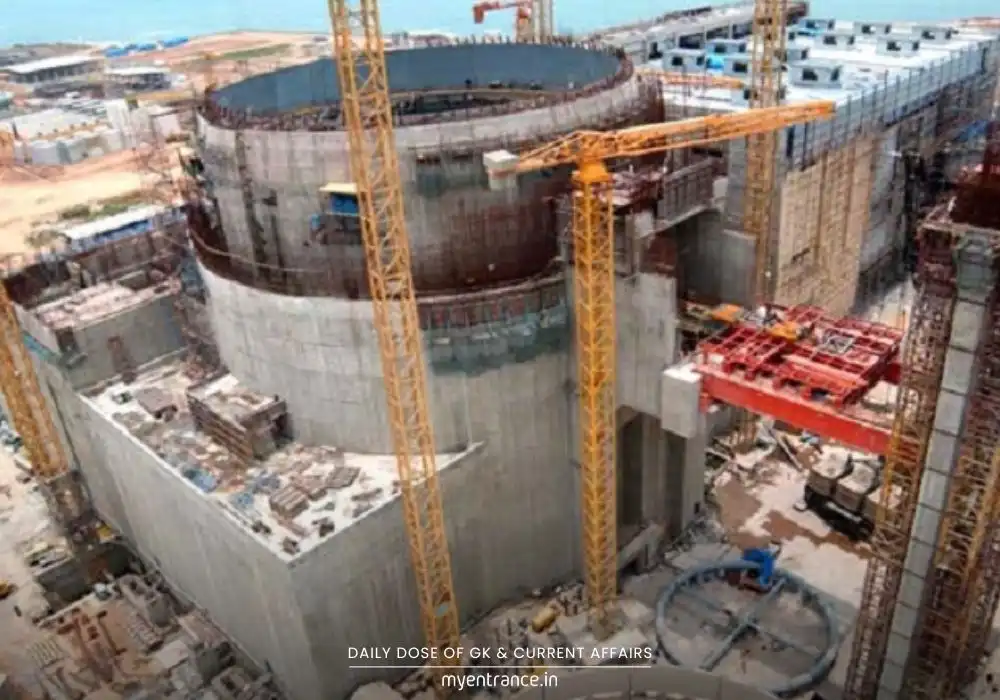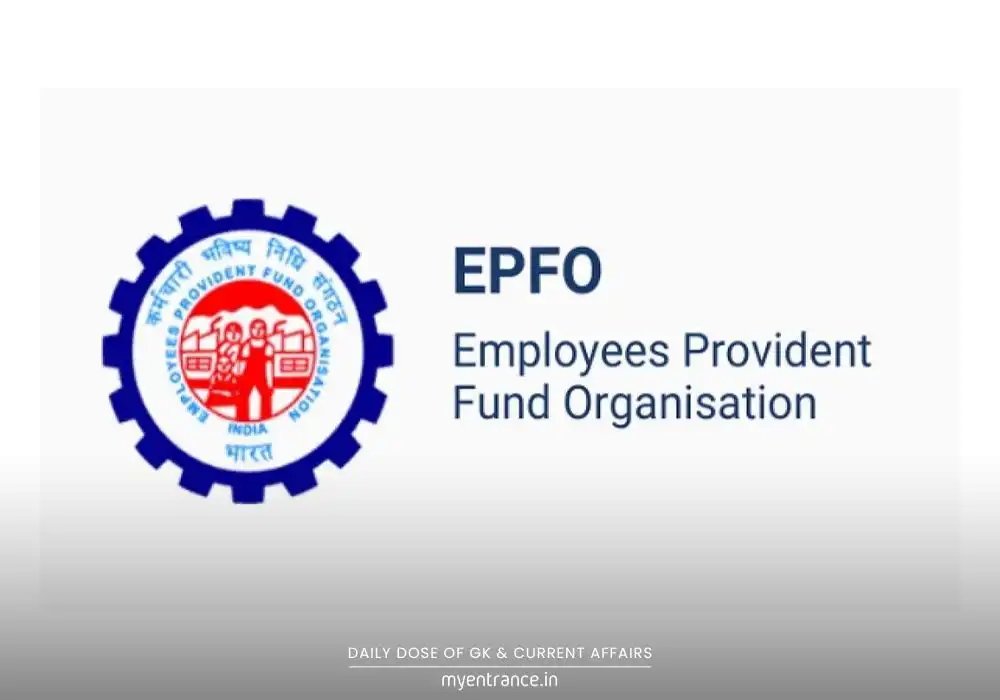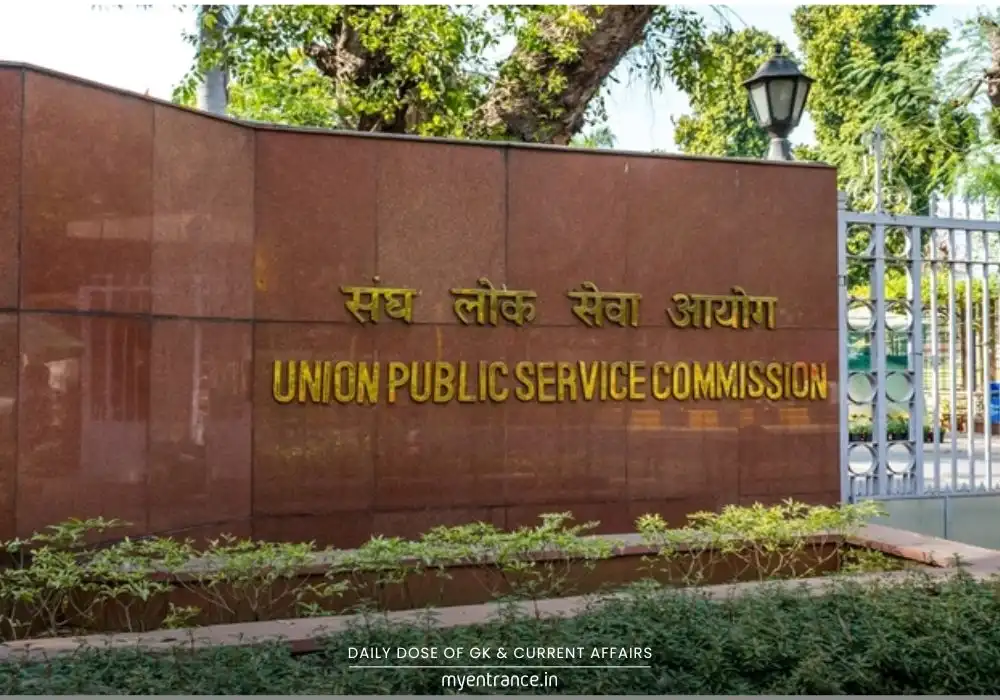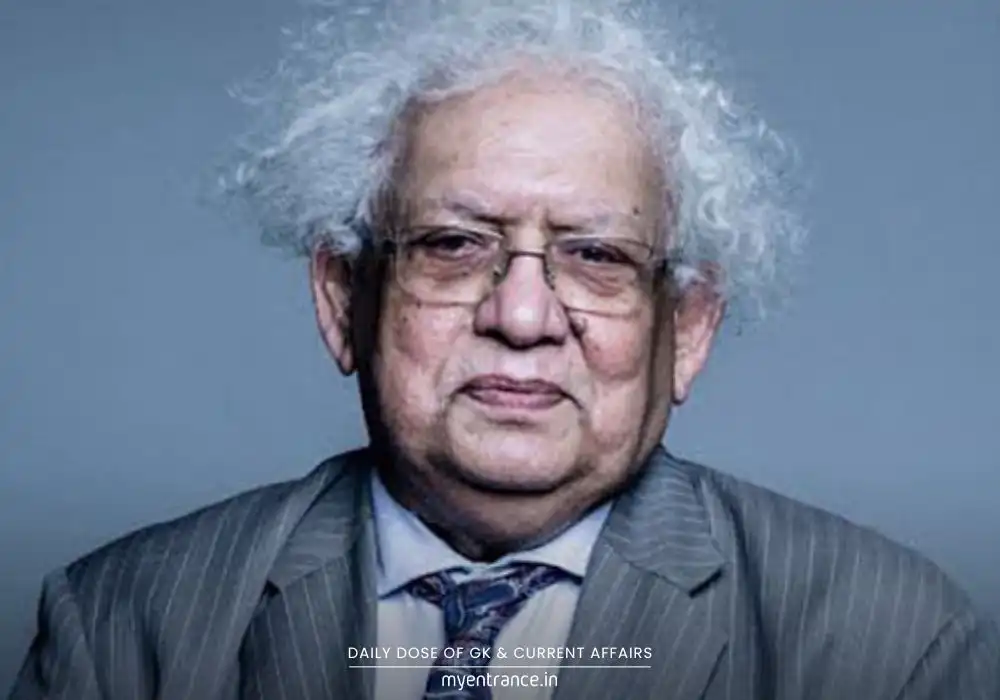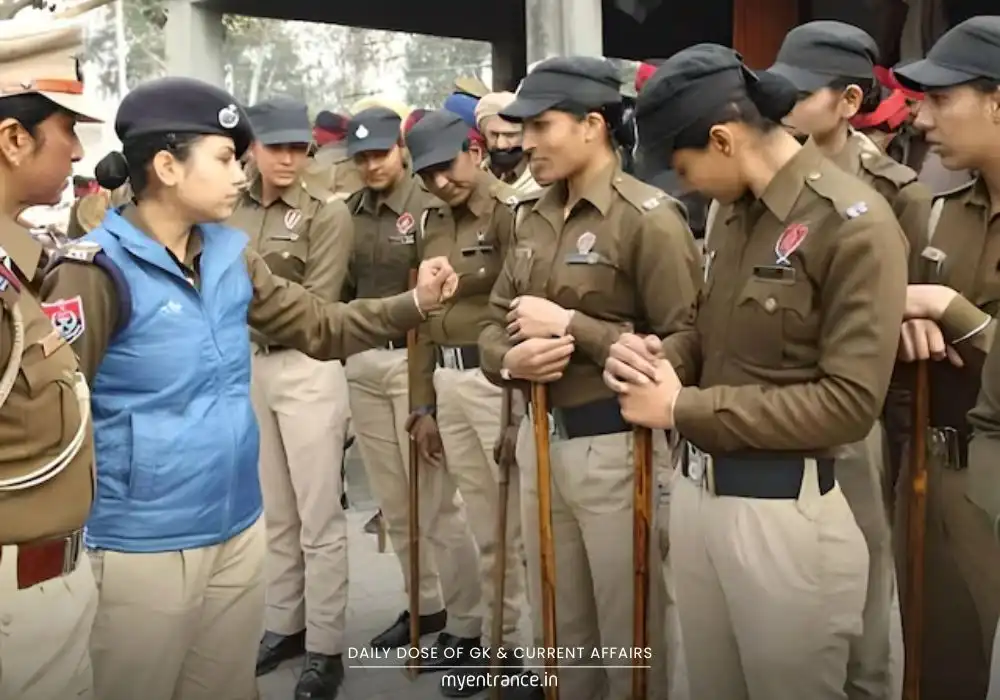Select Language
How Has Qutub Minar’s Iron Pillar Survived 1,600 Years Without Rusting?
Standing tall at 7.2 meters in Delhi’s Qutub Minar complex, the 1,600-year-old iron pillar has baffled scientists for centuries—how has it remained rust-free? Unlike typical iron structures that corrode over time, this ancient pillar remains pristine, thanks to an ingenious metallurgical secret.
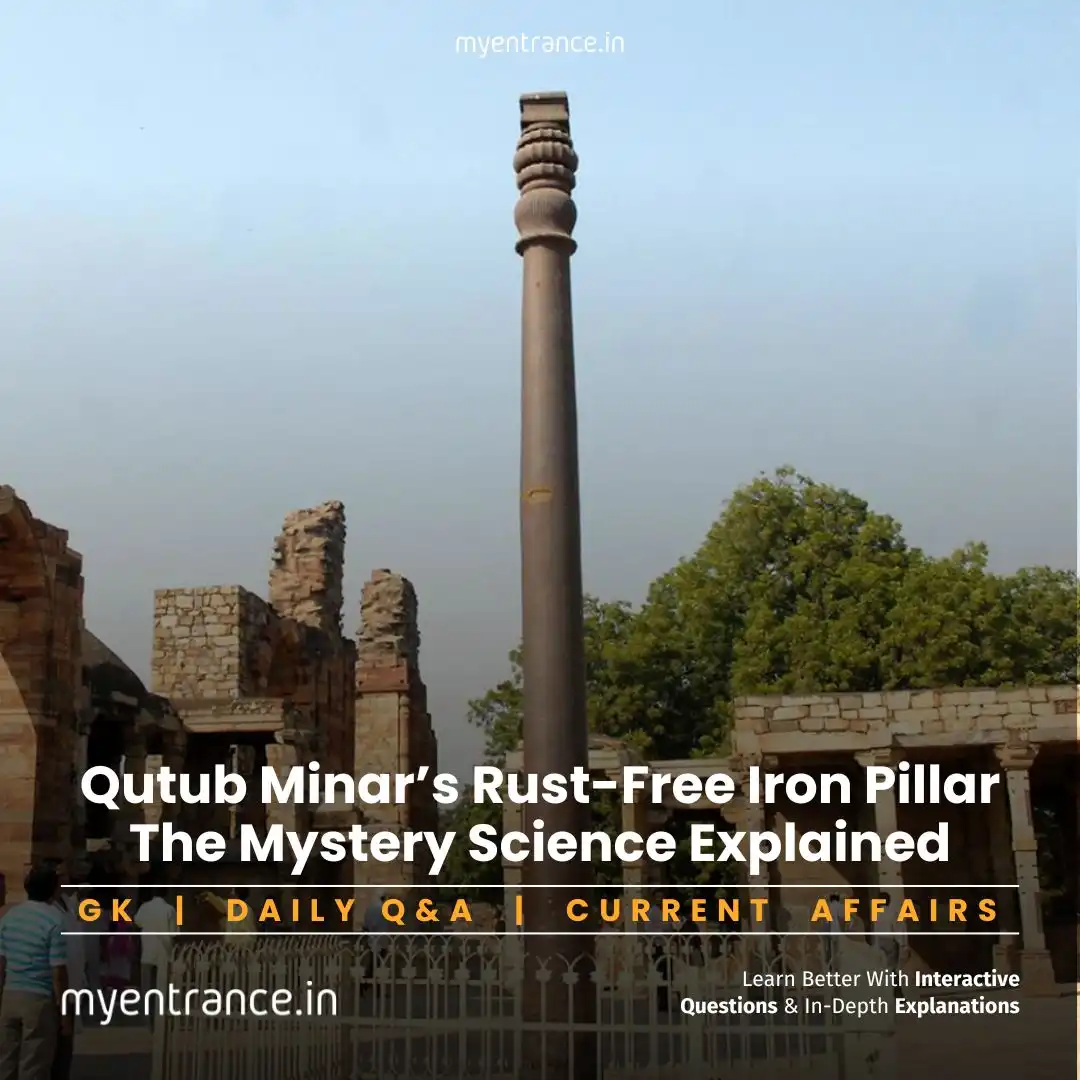
The Mystery of the Rust-Free Iron Pillar
The iron pillar, believed to date back to the Gupta Empire under Chandragupta Vikramaditya, has inscriptions linking it to ancient Indian craftsmanship. While most iron structures rust when exposed to moisture, this pillar has withstood centuries without corrosion.
Why Doesn’t It Rust?
Scientists began investigating this mystery as early as 1912, but it wasn’t until 2003 that IIT-Kanpur researchers uncovered the real reason. Their study revealed:
High Phosphorus Content (1%) – Unlike modern iron, the pillar contains a significant amount of phosphorus, which prevents rust formation.
Protective “Misawite” Layer – A thin film of iron, oxygen, and hydrogen acts as a shield against corrosion.
Ancient Forge-Welding Technique – Craftsmen used a unique method of heating and hammering iron, preserving its phosphorus content—something rarely seen in modern metallurgy.
Dr. R. Balasubramaniam, an archaeo-metallurgist, confirmed that this unconventional method contributed to the pillar’s incredible durability.
Why Is This Important for Exams?
Questions on India’s historical and scientific marvels frequently appear in competitive exams like SSC, PSC, NID, NIFT, and other design entrance tests. Understanding such topics helps in:
GK & Current Affairs – Frequently asked in government exams.
Science & Technology – Relevant for engineering and design entrance tests.
Indian Heritage – Important for cultural and historical sections.
Sample Questions & Answers:
Q: How old is the iron pillar at Qutub Minar?
A: Approximately 1,600 years old.
Q: What prevents the iron pillar from rusting?
A: High phosphorus content and a protective “misawite” layer.
Q: Which dynasty is the iron pillar associated with?
A: The Gupta Empire (Chandragupta Vikramaditya).
Q: What modern technique was NOT used in making the pillar?
A: Modern sulfur and magnesium additions—ancient “forge-welding” was used instead.
Q: Which institute solved the mystery of the rust-free pillar?
A: IIT-Kanpur (2003 study).
Get 3 Months Free Access for SSC, PSC, NIFT & NID
Boost your exam prep!
Use offer code WELCOME28 to get 3 months free subscription. Start preparing today!
